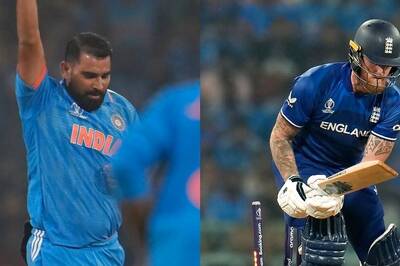
views
Did you know that gaining or losing weight is mostly influenced by your diet? Most of us are always on the “losing weight” side of things, and in an attempt to drop a few more pounds, we frequently experiment with various diets and weight-loss tricks that we find on social media.
Portion management is an important factor that we frequently ignore. It is important to monitor how much you eat, even when you are enjoying a portion of healthy food. For this reason, many celebrities swear by food measuring.
What is food measuring?
Food measurement is the practice of correctly determining how much food is consumed to maintain a balanced diet. This is significant because it aids people in maintaining a healthy weight, managing chronic diseases, and lowering the risk of nutrition-related health issues.
Food Measuring: Significance
- Maintaining a healthy weight:If you consume more calories than you burn, you will probably gain weight. Meanwhile, portion control can help you stay within a healthy calorie range while losing or maintaining weight. Also, the daily calorie requirement for weight loss varies by individual. Factors to consider include age, current weight, height, metabolism, gender, and physical activity level.
- A well-balanced diet: Essential nutrients are found in several food types. Eating enough of each to maintain good health is ensured by portion control.
- Managing blood sugar: Portion control, particularly with carbs, is critical for controlling blood sugar levels in diabetes.
For a genuinely balanced and healthful diet, portion size is vital, but you also need to think about the macronutrients (fats, proteins, and carbohydrates) that are included in those portions.
Food Measuring: Does it help in weight loss?
- Measuring compels you to slow down and focus on how much you’re putting on your plate.
- This awareness can assist you in identifying emotional eating triggers and making better-informed decisions about what and how much you consume.
- Planning meals and monitoring amounts will help you avoid buying needless items. This can save money and reduce food waste, which is not only beneficial to the environment but also reduces the temptation to overeat readily available food.
- With consistent measurements over time, you’ll get a better understanding of what a healthy portion size looks like for various foods.
Food Measuring: The right way to do it
- The size of your palm should approximate the protein sources you consume.
- Vegetables ought to be about the size of your fist.
- Thumb-size fats are the ideal kind to consume.
- Carbs ought to be small enough to fit in a cupped hand.














Comments
0 comment